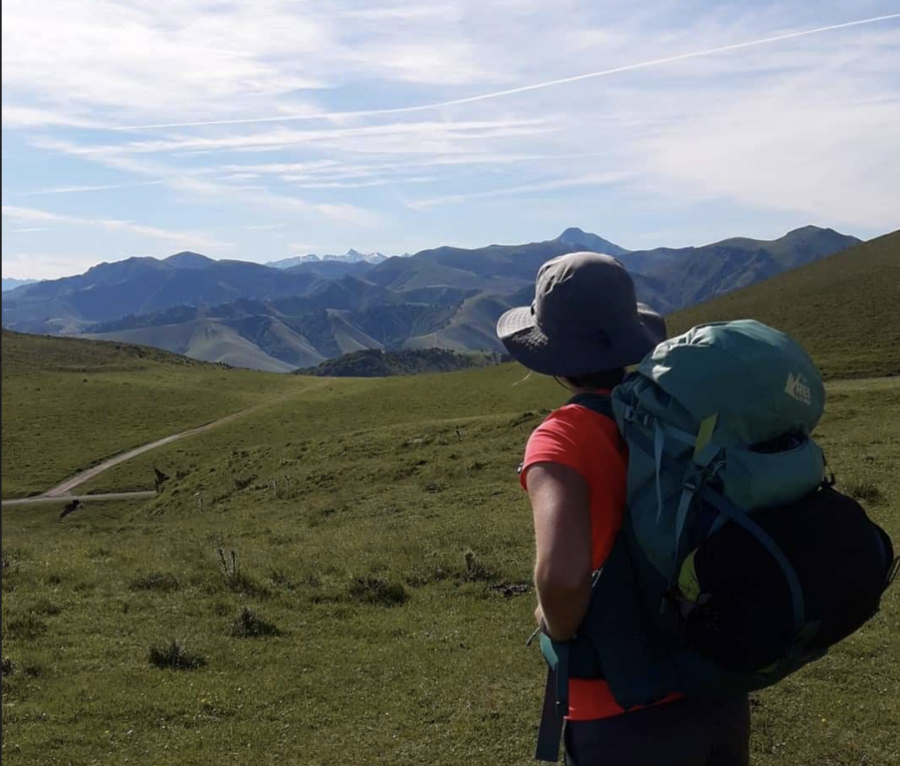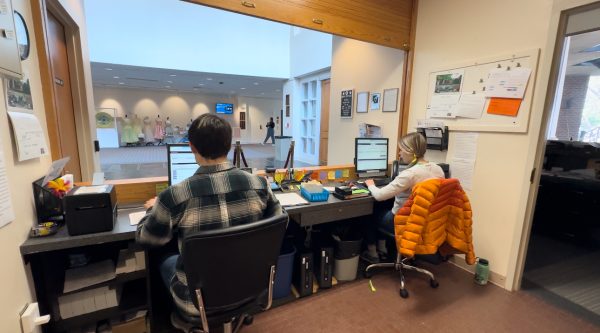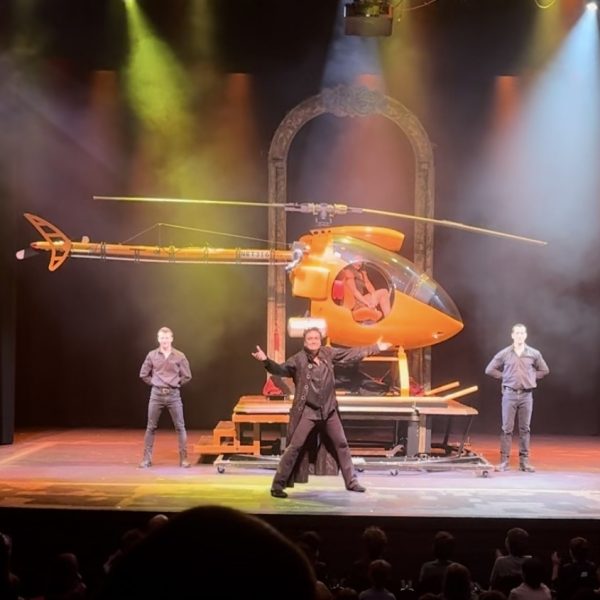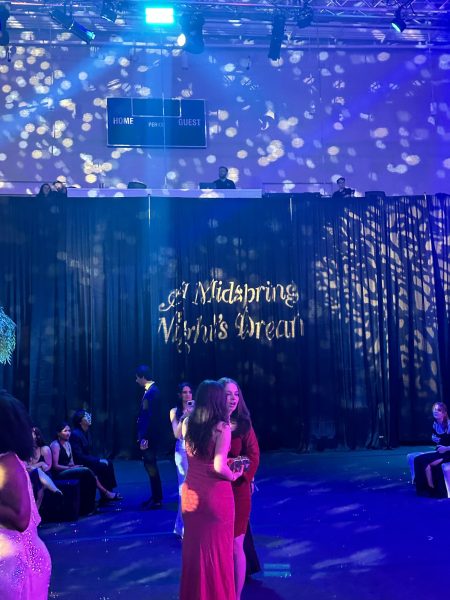Hiking and biking: Q&A with students who spent the summer outdoors
McKenzie Napier, ’22, hiked the Camino in Spain this summer
Napier overlooks the Pyrenees between St. Jean Pied du Port, France and Roncevalles, Spain. Photo courtesy of McKenzie Napier, ’22.
October 1, 2019
The Ring-tum Phi sat down with two students who had unique outdoor experiences this summer. This is the second part in our series featuring McKenzie Napier, ‘22.
Q: Tell me about your trip this summer. What is the Camino?
A: The Camino is a collection of trails that actually start in different places all over Europe, but they all end at the Cathedral of Santiago in Santiago, Spain. The route that I did is called the Camino Frances, and it starts in a tiny town in France right next to the Spanish border. You hike up over the Pyrenees, and walk all the way across Spain to the Cathedral of Santiago. We did a little section after that, that goes to this place called Finisterre. It used to be thought that that was the end of the world, so for all the people who had walked all the way to Santiago, this was going to be their one chance in life to see the ocean.
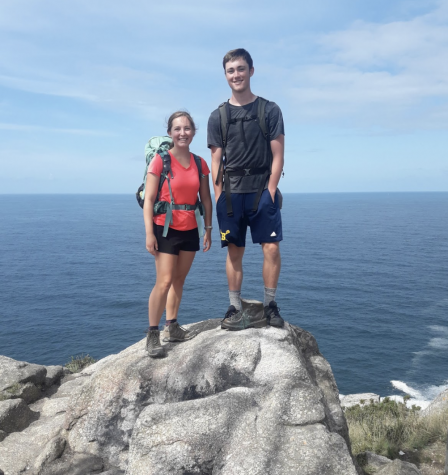
Q: How did you find out about the Camino and what made you want to do it?
A: I had known about the Camino for about a year and a half before doing it, and as soon as I found out about it, I knew that it was something I wanted to do. I figured that the summer after freshman year would be perfect, because I would have enough time. In preparation, I watched documentaries and read online about the experiences of a lot of different people who had done it, which was really helpful.
Q: Who did you go with?
A: I went with my sixteen-year-old younger brother, which was kind of an experience. On top of everything that the Camino involved I was also responsible for him, which was probably the most challenging part….I really didn’t prepare for that and I definitely should have. It was just the two of us on our own, but one of the really cool aspects of the trip is that a lot of people will stop in the same spot each night, so you end up knowing all the people who are walking at the same stage as you. So we didn’t start off with a group, but by the end there were a ton of people we knew.
Q: How did the language barrier affect your experience?
A: I don’t speak any Spanish, and my brother only speaks a little bit, not enough to communicate well. But the towns that we were going through are so used to pilgrims from all over the world who don’t speak any Spanish. They were used to our situation, so it wasn’t really an issue.
Q: Did you have any previous experiences that have prepared you for the trip?
A: The only backpacking I had ever done was on my pre-orientation trip. Other than that, I’ve been lucky enough to do some international travel before, so I sort of had that experience. I guess I had done things that prepared me for different aspects of the Camino, but it’s hard to do something that is similar to it.
Q: What did you learn about yourself through this experience?
A: I had a lot of time by myself, just thinking. I realized that I really enjoyed that, having myself as company. I found out that I enjoyed the solitude.
Q: Would you recommend a trip alone to other people?
A: Yes. I think that when you’re put into a new situation like that, it really forces you to be reliant on yourself and discover things that you wouldn’t otherwise.
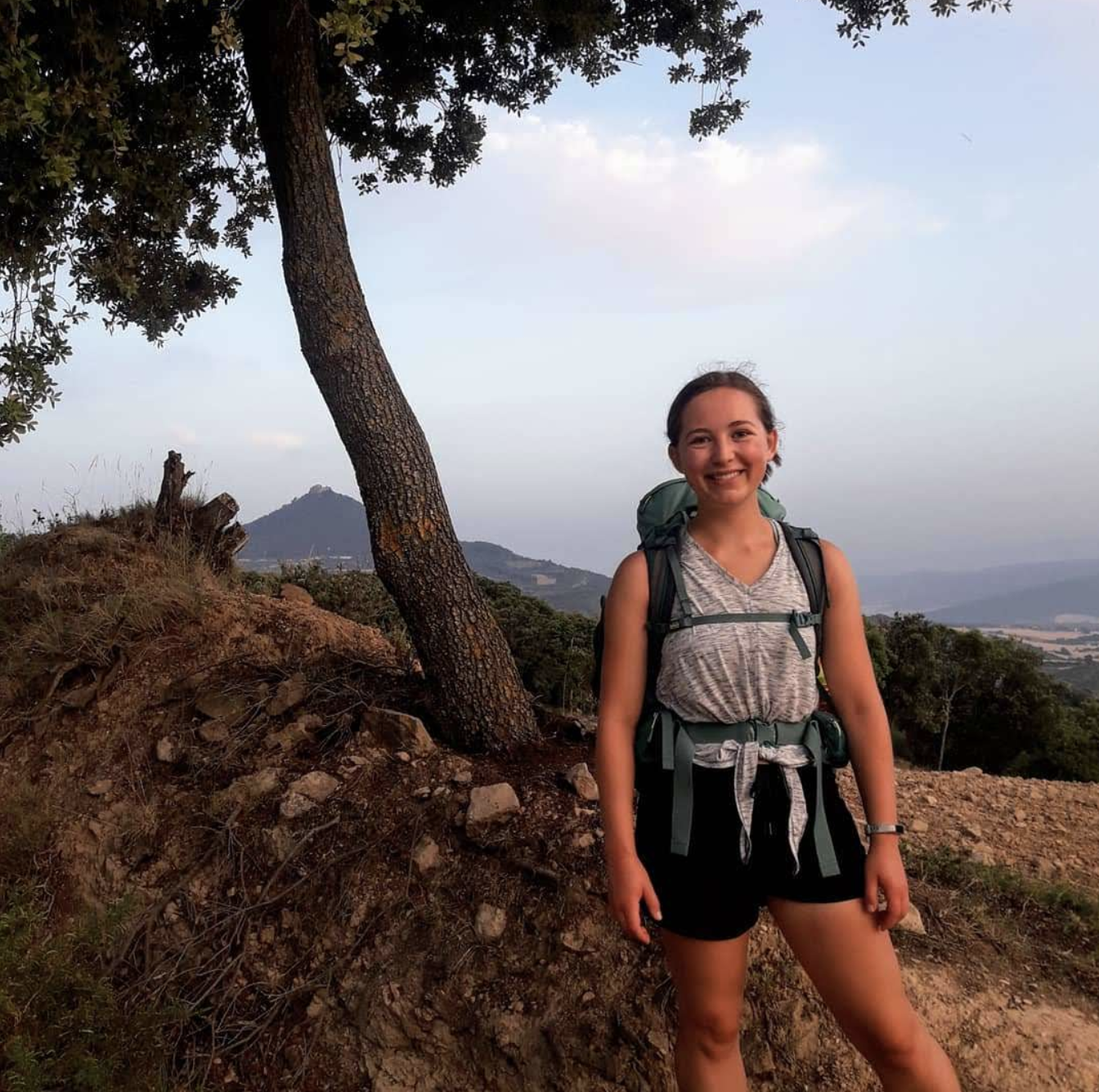
Q: What was your favorite part of your trip?
A: My favorite part was right after the end. My brother and I walked to Finisterre, and then we continued on another few miles to Cape Finisterre, where there is this lighthouse. It’s considered the actual endpoint, like the end of the world. The ocean was all around us and it was so beautiful. We had lunch up there, and then we turned around to walk back down to the town that we were going to be staying in. We walked along this cliff, and there was the ocean on one side, and it was just a beautiful day, and I had such a feeling of accomplishment. I felt like I could skip down that cliff. I had this huge smile on my face and I think I looked like a crazy person to anyone who passed me, but I was just so proud of what we had done.
Editor’s note: This interview has been edited for clarity and length.



